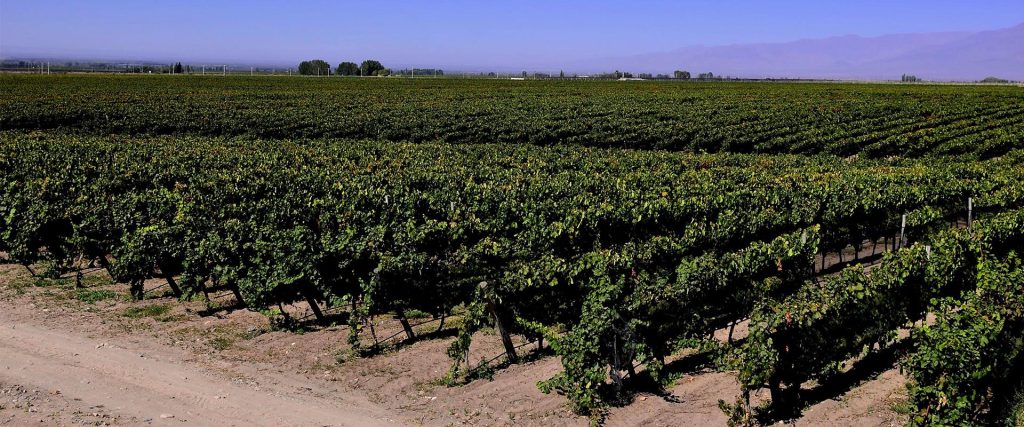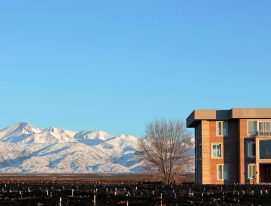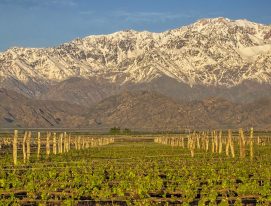Organic, biodynamic, natural… What do these words, which are increasingly appearing on Argentine wine labels, actually mean? In general terms, they represent a commitment to respecting nature and caring for the soils, to ensure that they remain full of life so that future generations can continue to make wine.
This movement, known as regenerative agriculture, is increasingly being adopted by Argentine wineries who are turning their backs on extractivist methods that wear out the soil, leaching it of nutrients and reducing its productive lifespan.
“Regenerative agriculture means producing food and other agricultural products in a way that doesn’t just conserve but actually improves and regenerates the soil and the agricultural ecosystem, in contrast with traditional agriculture that, without external additives, tends to degrade the soil,” says Martín Rabines at Argencert, the company that certifies these sustainable practices in the country.
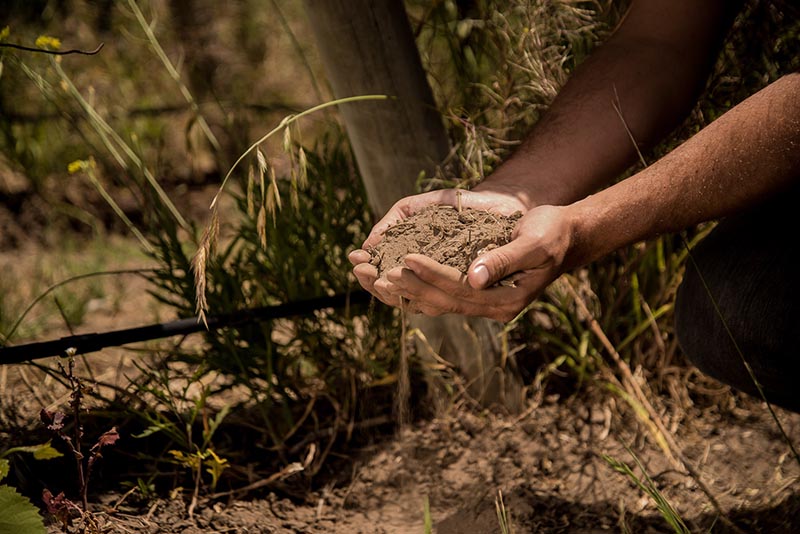
Regenerative agriculture in Argentina: philosophy + methodology
Regenerative agriculture in Argentina is founded in an ethical outlook that offers a different perspective on our relationship with the environment. It is one that many wine industry leaders share:
“Apart from working in harmony with the natural world, regenerative agriculture is also a life philosophy whose ultimate goal, and passion, is to heal our relationship with nature,” says Andrés Raimondo at the Mendoza winery Siesta en el Tahuan.
“The objective is to reassess our internal processes in order to improve soil regeneration, which enhances biodiversity and the fertility of the Earth, as well as our socio-environmental resilience as we manage our water cycles more responsibly and strengthen our agricultural health and vitality.
“It’s about protecting the generations to come. Today, we’re enjoying good wines and if we continue to destroy the soils, the next generations won’t have the chance to drink wines of the quality we’re enjoying now.”
This approach takes the form of practices that are clearly different from traditional agriculture. “By conventional agriculture one means the practices that appeared after the Industrial Revolution, which was based in the intensive use of agrochemicals (pesticides and herbicides) and continuous working of the soils,” says Rosario Toso, at Cheval des Andes (a joint venture between Terrazas de los Andes and the French winery Cheval Blanc).
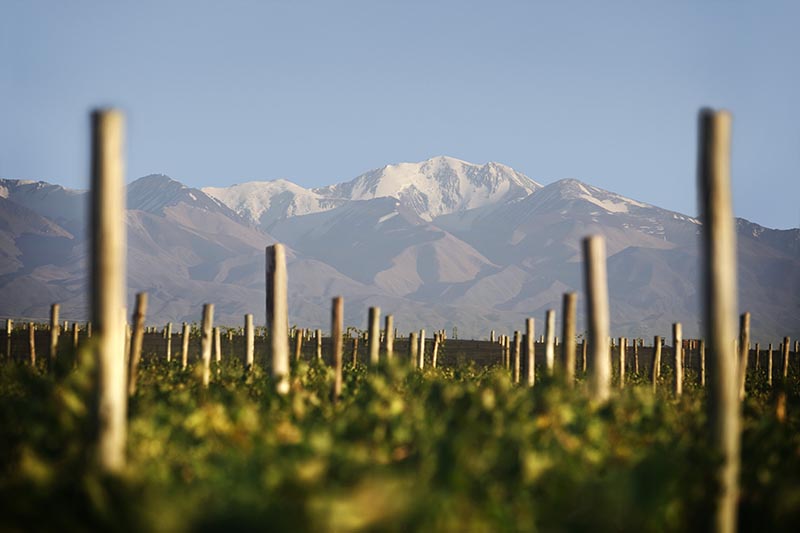
Soils with life, a balanced system
Toso describes the pillars of regenerative agriculture in Argentina: “I’d say there were three: the first is ceasing continuous ploughing of the soils and instead providing ground cover through vegetables or plants. The second is to use trees as productive tools (agri-forestry), and the third is to end monoculture (a vineyard) and try to restore the diversity of the landscape through poly-culture.”
At the Cheval des Andes vineyard in Las Compuertas, for example, one of their initiatives has been to plant over 1000 trees in the different parcels that make up the vineyard; peach, cherry, plum, pistachio and almond trees, among others.
“This is where the concept of mycorrhiza comes into play: the roots of the trees join with the roots of the ground cover and the vines and they start to communicate through a root-based ecosystem network in which fungi play an extremely important role, because they generate beneficial symbiosis that helps spread water and different nutrients around and enhances the natural fertile cycle of the soils,” Toso explains.
All of these practices have a single objective: to regenerate life within the soil through the interaction of different living creatures (micro-organisms, insects, animals and vegetables) that live in the vineyard. The idea is to restore the soil’s natural fertility to where it was before humans arrived, but this, and this is the watershed moment that we’re experiencing today, requires that humans take new action to undo the effects of their previous actions.
Ironic, but true. However, the results of this movement are plain for all to see.
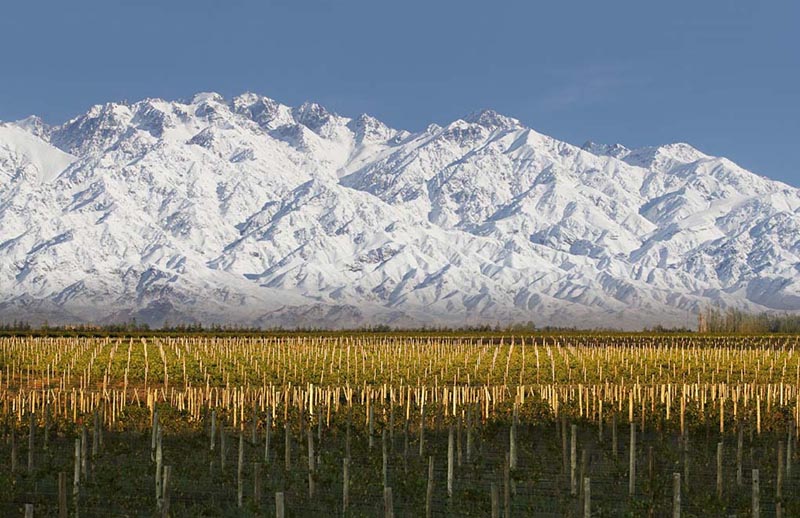
The results of good practice
Domaine Bousquet in Mendoza was the first winery in Argentina to obtain ROA (Regenerative Organic Alliance) certification – one of only four in the world at the present time. The Alliance is based in California, USA, and their motto is, “Grow as though the world depends on it.”
Franco Bastías, the agricultural engineer at Domaine Bousquet, reports: “Regenerative agriculture in Argentina has expanded greatly in recent years as a part of the battle against climate change. We’re trying to regenerate the environment and ensure that what we do doesn’t degrade or harm biodiversity, organic material or the rich diversity of ecosystems. It’s a process, but what we’re seeing is that the system starts to find a balance and the results begin to appear.”
“It’s not that we’ve discovered anything new or innovative, we’re simply returning to age-old methods, thinking of the future, to preserve our terroir for future generations,” adds Toso.

